How to Get in Shape for Hiking and Backpacking
If you are serious about the idea of getting out there and making a regular hobby out of hiking and backpacking, then you will need to be prepared. While creating a packing checklist and making sure to drink plenty of water are good first steps, so is figuring out how to get in shape for hiking.
Smart fitness is necessary so you can stay safe and also enjoy your travels as you traverse the beauty of nature. To help new and experienced hikers alike, we have created this guide for the best exercises and routines to try before your big adventure.
The Physical Benefits of Hiking
If you have a budding interest in long-distance hiking or backpacking, but you can’t quite take the plunge, then you should know that hiking can be one of the keys to a healthy body and mind. The act of being around nature is great for our mental well-being because walking through the trees and surrounding ourselves with all of that greenery brings us back to a more natural place. It is a way for us to be at peace without worrying about work or deadlines.
Of course, there should be no surprise that hiking provides many physical benefits as well. In fact, if strengthening your legs, back, glutes, and hamstrings is your goal, then hiking should become a permanent part of your fitness routine. The great thing is that you don’t always have to walk the most treacherous trails to lose weight and feel great. Even a long flat trail will help to build your endurance and keep your body in peak shape.
The Proper Nutrition to Get in Shape for Hiking
The act of hiking regularly will also help you to practice healthy habits because failure to take care of your body will result in a poor or dangerous hike. When thinking about how to get in shape for hiking, you should think about the proper nutrition, and pay attention to what you are eating and drinking.
For instance, while drinking beer and spirits in moderation is typically okay, if you drink excessively, then the alcohol can affect your body in many dangerous ways, including stiffening your blood vessels, which leads to high blood pressure. Plus, drinking can upset the balance of calcium in your body which can lead to weaker bones. In addition to hurting you during regular activities, these ailments will severely impact your ability to hike. So, by being responsible for your backpacking hobby, you will also wake up feeling better every day.
Putting Your Legs to Work
If you are like many people, then you might not walk around as often as you know you should. However, if you plan to backpack regularly or you have a long hike coming up, then you will need to get active and get your legs back in motion. You can start easy by taking walks around the block and the neighborhood, so you get back into the rhythm.
When you are feeling good doing that, then it is time to escalate your activity by walking everywhere and aiming for at least 10,000 steps a day. By doing so, you will get used to the motions, you will build the muscles in your legs, and you’ll see what it is like to constantly be on your feet.
Even if you plan to start on moderate trails, you should still expect there to be some hills and valleys from time to time, so you will need to get your legs ready for the new challenge. If you live by a coastline, one of the best ways to get in shape for hiking is to go to the beach where you can walk through the sand. Don’t worry about not walking fast. This is all about building and strengthening all the muscles between your feet and back, including your calves and quadriceps.
Did we mention that all of this physical activity will also help you to burn fat and excess calories? By constantly being on your feet and keeping your core engaged when you do, you can get rid of that extra weight holding you back during a hike.
Practicing with a Pack
Once you are ready for the next step, consider buying your backpack and wearing it around during your walks to really focus on how to get in shape for hiking with the pack. When choosing the right backpack, look for one that is adjustable, has space for a water bladder pocket, and has a comfortable weight distribution.
You don’t have to fill your backpack to the brim during your practice, but by adding a bit of weight and walking up and downstairs, you will become familiar with the motions and you’ll further strengthen your back and lower body.
Exercises for Overall Conditioning
Now that you are becoming more comfortable with the motions associated with hiking and carrying weight on your back, you can start to do some more specific exercises that will target the muscles that you will use the most. Keep in mind that there are many different exercises you can try when figuring out how to get in shape for hiking. We will highlight a few here, but if you want to find more, you can do a quick internet search.
Many of the exercises to get in shape for hiking are basic and don’t require a lot of equipment. For instance, in order to strengthen your legs, hips, and lower back, you can do wall squats where you stand facing away from the wall and bend your knees as you sink into a squatting position.
To continue to work your core muscles, you can perform planks. This is where you have your knees and elbows on the floor shoulder length apart, and you slowly lift your body until it is straight. Keep this position for 15 seconds, then come down, rest for a beat, and try another. You can also strengthen your core by doing standard crunches and sit-ups.
Finally, consider doing a few sets of arm curl reps every other day with light free weights, so you can further manage a heavy load during your trip.
As you can see, there are many exercises and tactics that you can start today in order to be ready for your next big backpacking trip. Continue to work out even after your hike concludes, and you’ll feel healthier every day.
About the author


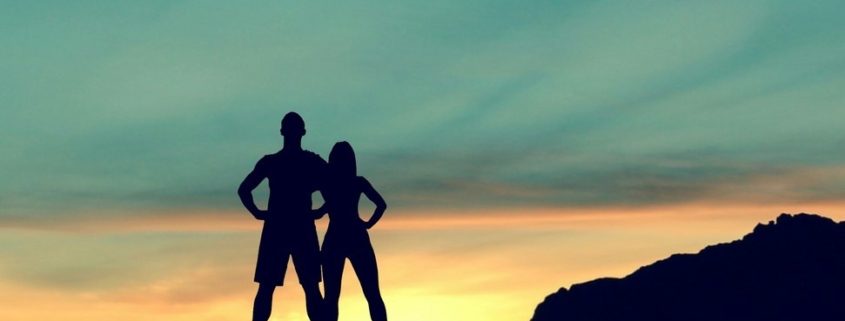

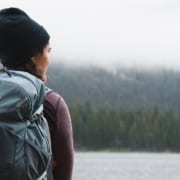

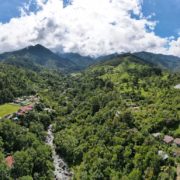
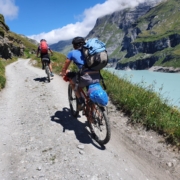
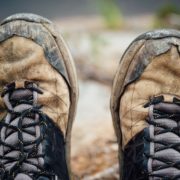


Leave a Reply
Want to join the discussion?Feel free to contribute!